A Brief History of Every Tony Hawk’s Pro Skater Game (The Neversoft Golden Age)
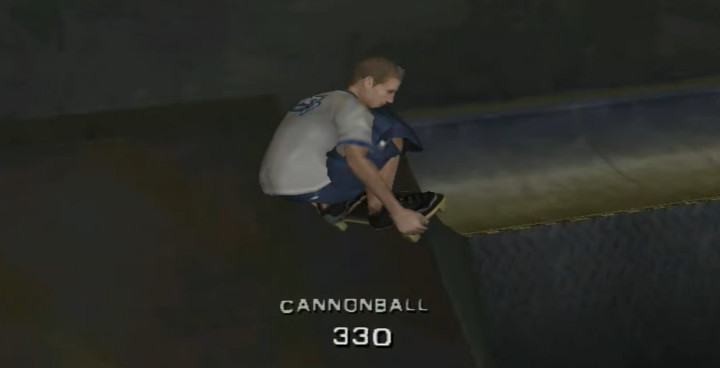
I recently compiled a list of every Spider-Man game ever released, followed by a list of every X-Men game (which includes some titles that were never actually released). With Tony Hawk frenzy hitting fever pitch, it seems like a good time as any to grab a skateboard and roll down memory lane, chronicling the rise and fall (and perhaps the re-rise) of the Tony Hawk’s Pro Skater franchise.
The THPS games can be somewhat-neatly divided into three main eras, each with its own studio handling mainline development duties (and other studios handling ports). Activision is the publisher of the series almost exclusively, though there are a few exceptions.
The first era of Tony Hawk is actually just the first half of the Neversoft era. This is generally considered to be the Golden Age of THPS games, and I’ll be covering that here. Subsequent eras (the declining Neversoft era and beyond) will be covered on Retrovolve’s sister site Half-Glass Gaming. Between these two pieces, the list will be comprehensive.
All that said, let’s put on our kneepads and gleam some cubes!
Tony Hawk’s Pro Skater (1999)
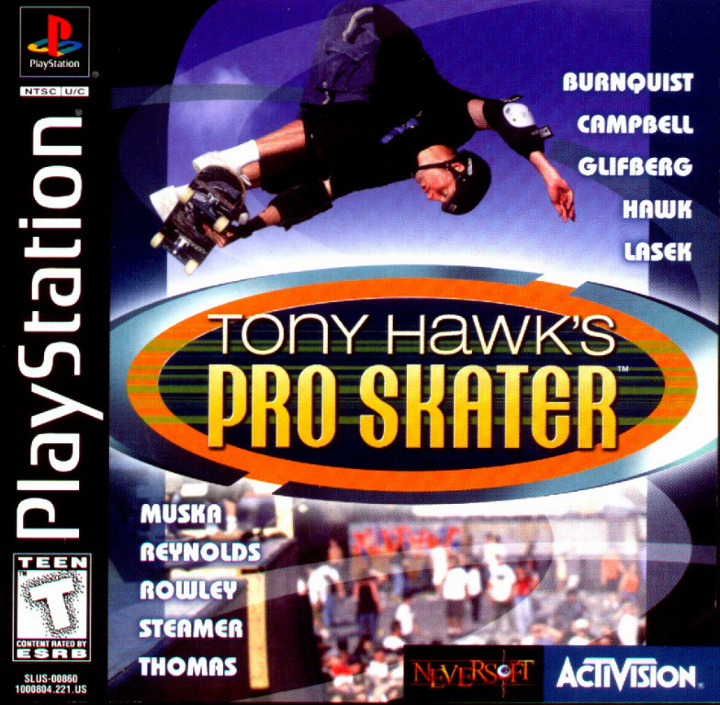
The Tony Hawk franchise started just before the turn of the century with the 1999 smash debut of Tony Hawk’s Pro Skater, initially for Sony PlayStation. Additional versions were later developed for the Game Boy Color (by Natsume), The Nintendo 64 (by Edge of Reality), The N-Gage and mobile market (by Ideaworks3D) and the Dreamcast (by Treyarch), but I’ll get to those later.
Known as Tony Hawk’s Skateboarding in other regions, the intent was that this new game might capitalize on the skateboard simulation trend that was starting to take shape in the video game industry. Although Tony Hawk’s Pro Skater would in no way offer an experience comparable to real-life skateboarding, it did deliver a fun and fast-paced, skill-based take on skateboarding culture that resonated with millions of video-game enthusiasts.
The concept was in the hands of another studio before Neversoft got involved, yet their early work failed to impress Activision. Since Neversoft had recently completed a third-person shooter game called Apocalypse, which starred Bruce Willis, Activision handed the project over to them. In fact, an early prototype version of Tony Hawk’s Pro Skater actually used the Bruce Willis character model from Apocalypse. That would change, of course, once Skater impresario Tony Hawk officially joined the project.
His visage and namesake weren’t the only things Tony Hawk brought to the game, however, as he served as a consultant on the game throughout development and even partook in extensive motion capture sessions. And that’s not to mention the amount of credibility his involvement lent to the project.
I would also go out on a limb to say that THPS informed the music tastes of a whole generation of teens and pre-teens. The soundtrack is one of the game’s many highlights, featuring legendary punk and ska tracks by the Dead Kennedys, the Vandals, Goldfinger, and the Suicide Machines. Future THPS entries would further extend the musical genres that fans of the series would be exposed to while attempting to rack up million-point trick combinations.
Tony Hawk’s Pro Skater was the third-highest-selling PlayStation game of November 1999, and it would ship 350,000 units before the end of that year, according to an IGN report published in December of 1999. The following year, the PlayStation version alone was the third-highest-selling game of 2000.
Before we move onto the sequel, let’s take a quick look at the various ports of the original Tony Hawk’s Pro Skater, for they were by no means created equal. The Nintendo 64 version launched on March 15, 2000, and it’s the closest to the original, though with dumbed-down versions of the soundtrack’s blazing-hot tracks.
The Game Boy Color version (by Natsume) launched just two weeks later, on March 30, and this was more of a demake, featuring pixel art and mostly top-down and side-scrolling sections.
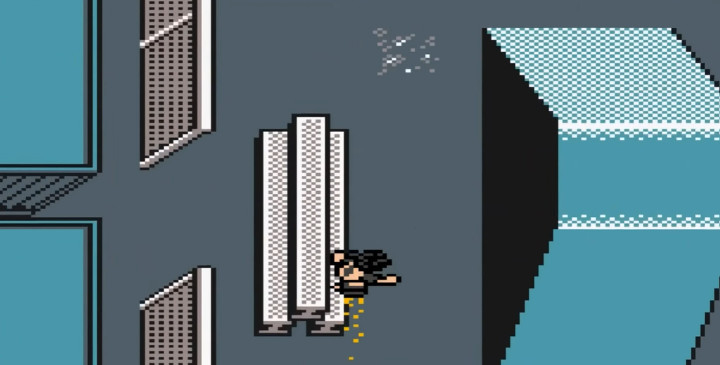
The Dreamcast version was developed by Teryarch (more on them later) and came out on May 24, 2000. It featured improved visuals over the PlayStation version. This one was, oddly enough, published by Crave Entertainment.
The N-Gage version didn’t come out until October of 2003, more than four years after the launch of the original game (and after the final game on the Retrovolve portion of the list, Tony Hawk’s Pro Skater 4). It was a rather faithful port of the PlayStation game, though it incorporated stages and elements from Tony Hawk’s Pro Skater 2.
And speaking of THPS2…
Tony Hawk’s Pro Skater 2 (2000)
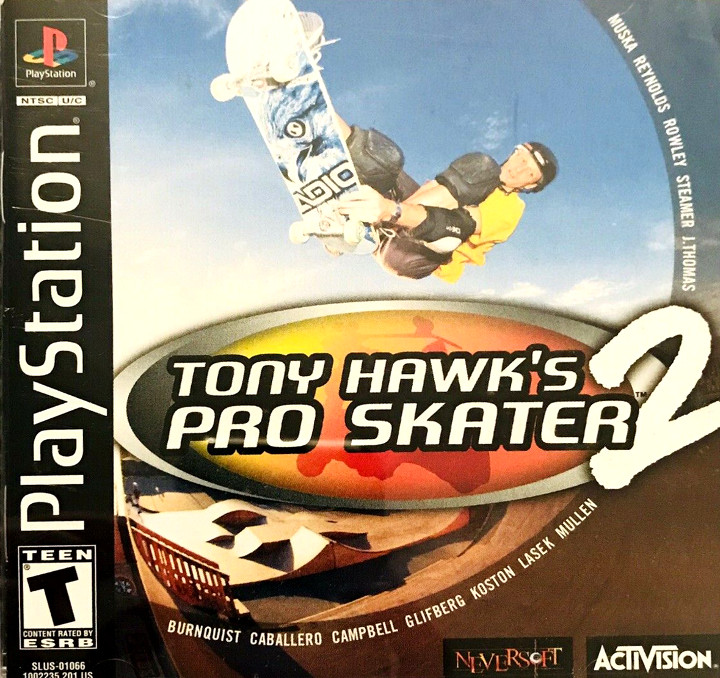
Activision and Neversoft would capitalize on the first game’s success with a follow-up, Tony Hawk’s Pro Skater 2. The game released for Sony PlayStation in September of 2000, and it would be ported to many other platforms (I’ll get to those later).
Tony Hawk’s Pro Skater 2 would introduce the manual mechanic, adding a new layer of possibility (and complexity) to the combo-sustaining gameplay of the original (for non-skating folk, the manual is what it’s called when you “wheelie” on a skateboard). With the manual as a part of the player’s already robust toolkit, it became much easier to keep long chains of trick combos going in flat spaces between ramps and rails.
Tony Hawk’s Pro Skater 2 also introduced a rudimentary (yet fun) skate park creator, which encouraged players to build their own high-score combo factories.
THPS2 is widely considered one of the best games of all time, with Game Informer ranking it at #4 in a “Top 100 Games of All Time” list published in their 100th issue. It’s also Metacritic’s second-highest-rated video game of all time, only behind The Legend of Zelda: Ocarina of Time. In 2007, it was estimated that THPS2 had sold approximately 5.3 million copies across all platform versions.
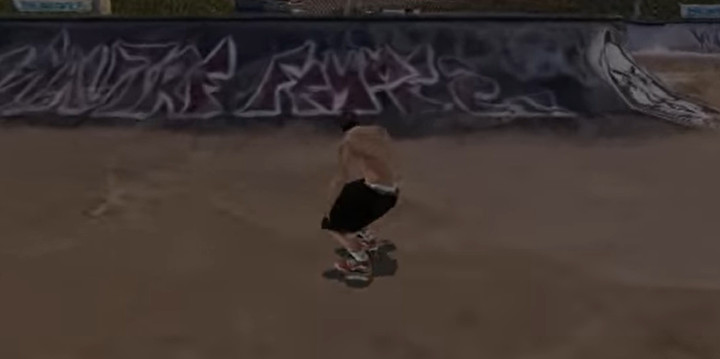
Like the original game in the series, Tony Hawk’s Pro Skater 2 would receive a deluge of ports. A PC version (by LTI Gray Matter) was released in October of 2000 with improved textures compared to the PlayStation version. Aspyr Media, Inc. ported the PC version to Mac OS in May of 2001.
Tony Hawk’s Pro Skater 2 also saw a Game Boy Color version developed by Natsume, which was a pixel-art demake of the game (similar to Natsume’s GBC release of the first game). The GBC version of THPS2 came out in November of 2000.
Vicarious Visions handled the Game Boy Advance version, which came out in June of 2001. This one made use of stage concepts from the PlayStation version, though the entire game is experienced from an isometric perspective.
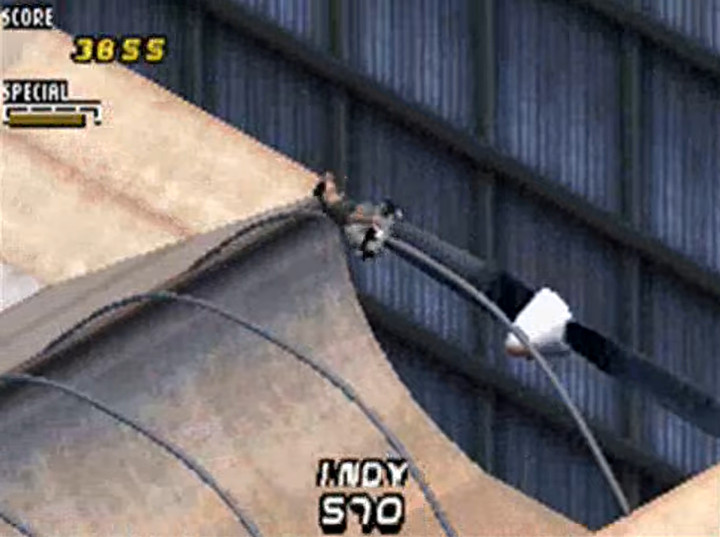
In August of 2001, Tony Hawk’s Pro Skater 2 was ported to N64 by Edge of Reality. THPS2 eventually came to Windows Mobile and Windows Phone devices in 2006 (also handled by Aspyr Media) and to iOS devices in 2010.
There was also an Xbox version, Tony Hawk’s Pro Skater 2x, but I’ll handle that one in more depth later.
Tony Hawk’s Pro Skater 3 (2001)
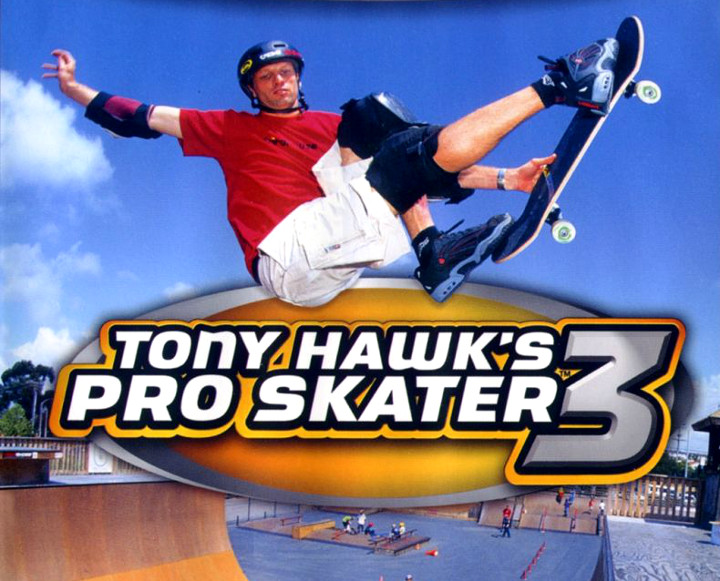
Hot on the heels of the meteoric Tony Hawk’s Pro Skater 2, 2001 would see the release of Tony Hawk’s Pro Skater 3. This time Neversoft would handle development of the three main console platforms (PS2, GameCube, and Xbox), which all released at the same time (previous entries hit the PlayStation first).
Like its predecessor, THPS3 would iterate on the formula, this time adding the revert ability. Like the manual of THPS2, the revert allowed players yet another way to string together combos, this time creating transitions from vert tricks into flat-ground tricks. This also opened the door for the infamous “Double Revert” glitch, which offers even more chain options for nimble-fingered combo-chasers.
The third mainline installment in the Tony Hawk franchise would sell gangbusters and become a critical darling. Metacritic has it listed as one of two top-rated PS2 titles of all time. With a rating of 97/100, it is tied with the seminal open-world classic Grand Theft Auto III.
In 2002, it would also see versions for the Game Boy Advance (Vicarious Visions), Game Boy Color (HotGen Ltd.), N64 (Edge of Reality), PSOne (Shaba Games), and Windows and Mac (Gearbox Software).
Tony Hawk’s Pro Skater 2x (2001)
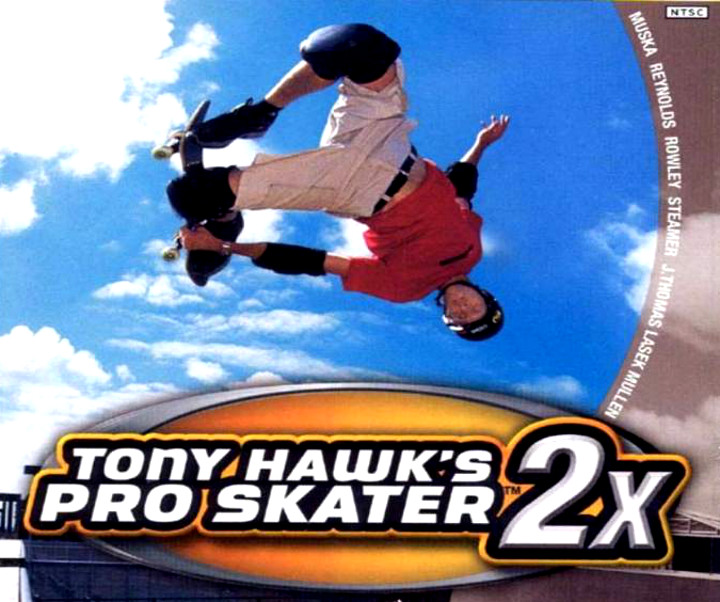
For our next entry we sort of take a step back — or rather, half a step back — with the November, 2001, release of Tony Hawk’s Pro Skater 2x, a launch title for the newly released Xbox (Neversoft/Treyarch). An updated or enhanced version of the original title, THPS2x includes all stages from the original THPS game (plus five new ones), adds female models to the skater creator, offers the ability to make a customized soundtrack, adds the “balance meter,” and also implements eight-player LAN compatibility.
THPS2x also includes a graphcal boost, making it a general improvement visually compared to previous versions.
Tony Hawk’s Pro Skater 4 (2002)
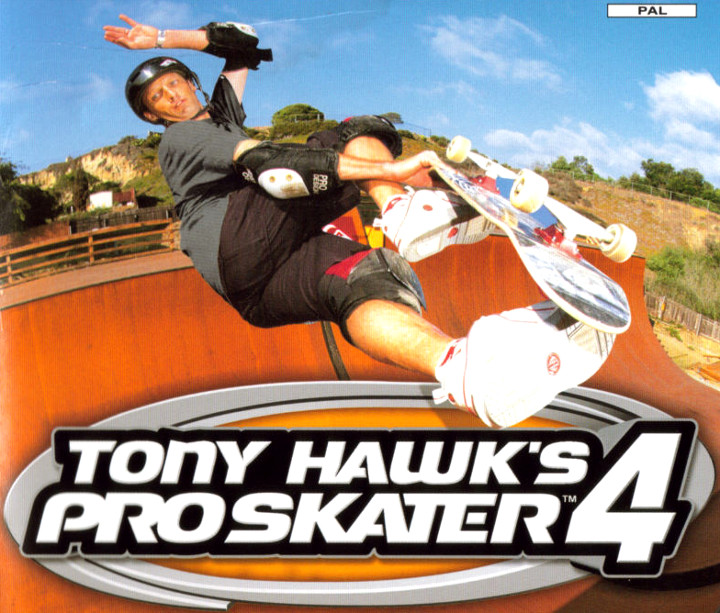
Tony Hawk’s Pro Skater 4 would release in 2002 for the PS2, GameCube, and Xbox. It would later be ported to the Game Boy Advance and PSOne by Vicarious Visions, and PC and Mac by Beenox. There was also a version for the short-lived Tapwave Zodiac handheld system, developed by Semi Logic Entertainments and published by Tapwave, Inc.
THPS4 would abandon the two-minute session structure that defined the first three THPS games. Instead of attempting to complete as many goals as possible or get the highest score in two-minute bursts, THPS4 players would move around each level unrestrained by a time limit, accepting missions or challenges from NPC characters in each level.
THPS4 spiced things up by adding a couple new gameplay mechanics. The first is the spine transfer. Although perhaps not as game-changing as the manual or even the revert, this new mechanic allowed the player to transfer from one vert ramp to an adjacent vert ramp so long as the two were back to back. This meant players could navigate vert pipes and better integrate them into their combos, while also having a simple way to exit vert pipes in general. THPS4 also introduced skitching, where skaters can hang onto the back of NPC-controlled vehicles, à la Marty McFly or Brian Kelly.
THPS4 signalled the direction the series was headed in, with more emphasis on exploration and larger stages.
And that brings us to the conclusion of the numbered main entries in the Tony Hawk’s Pro Skater catalog, at least for now. As we continue with the second installment of our comprehensive series at our sister site Half-Glass Gaming, we will see the bold new directions the skating behemoth would embark on, as well as the conclusion of the Neversoft development era.
